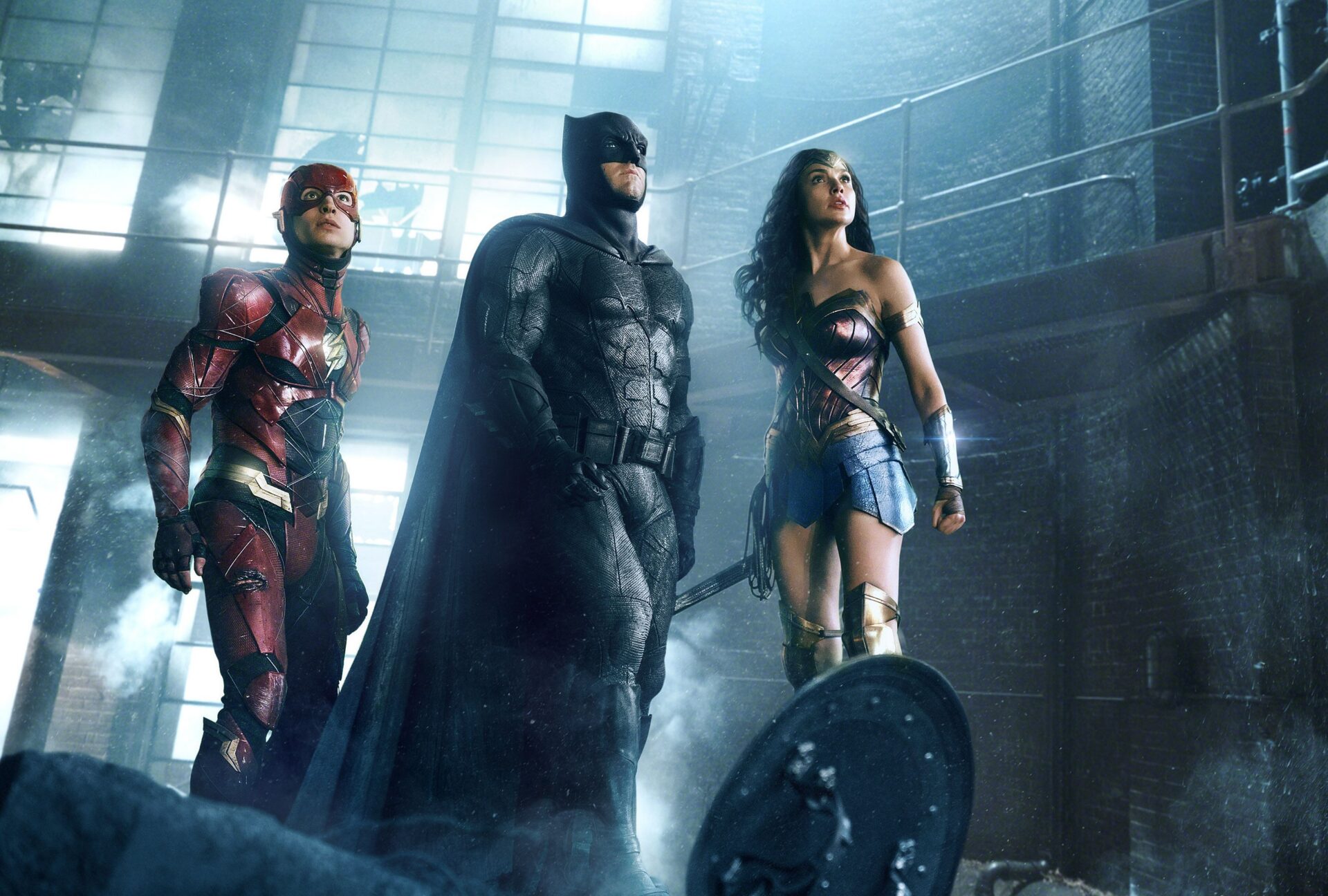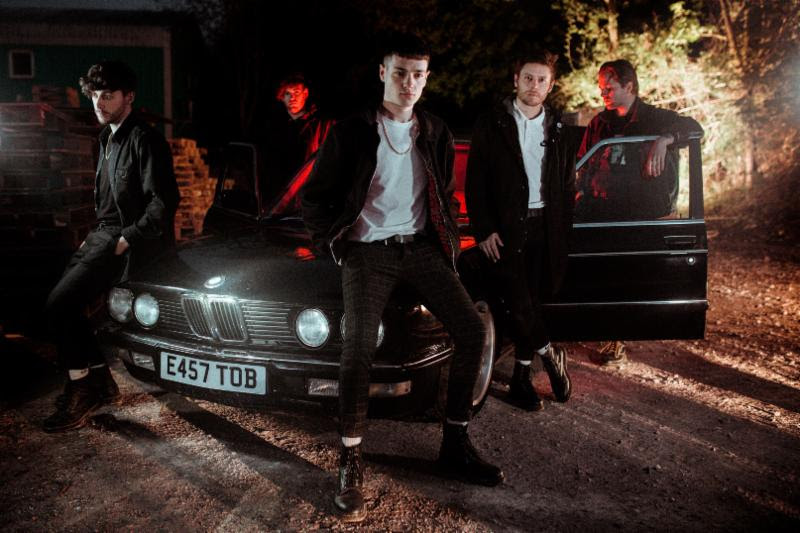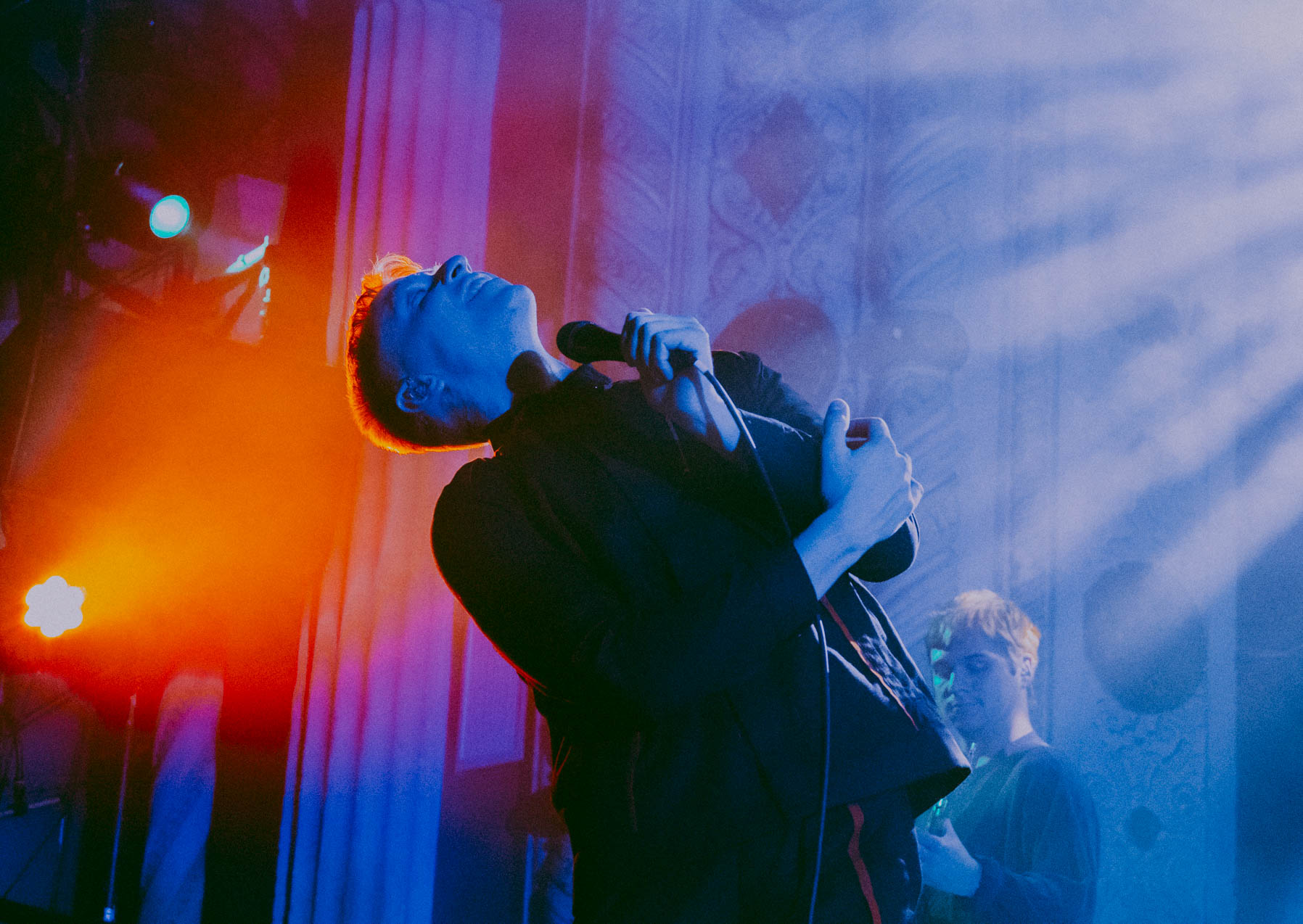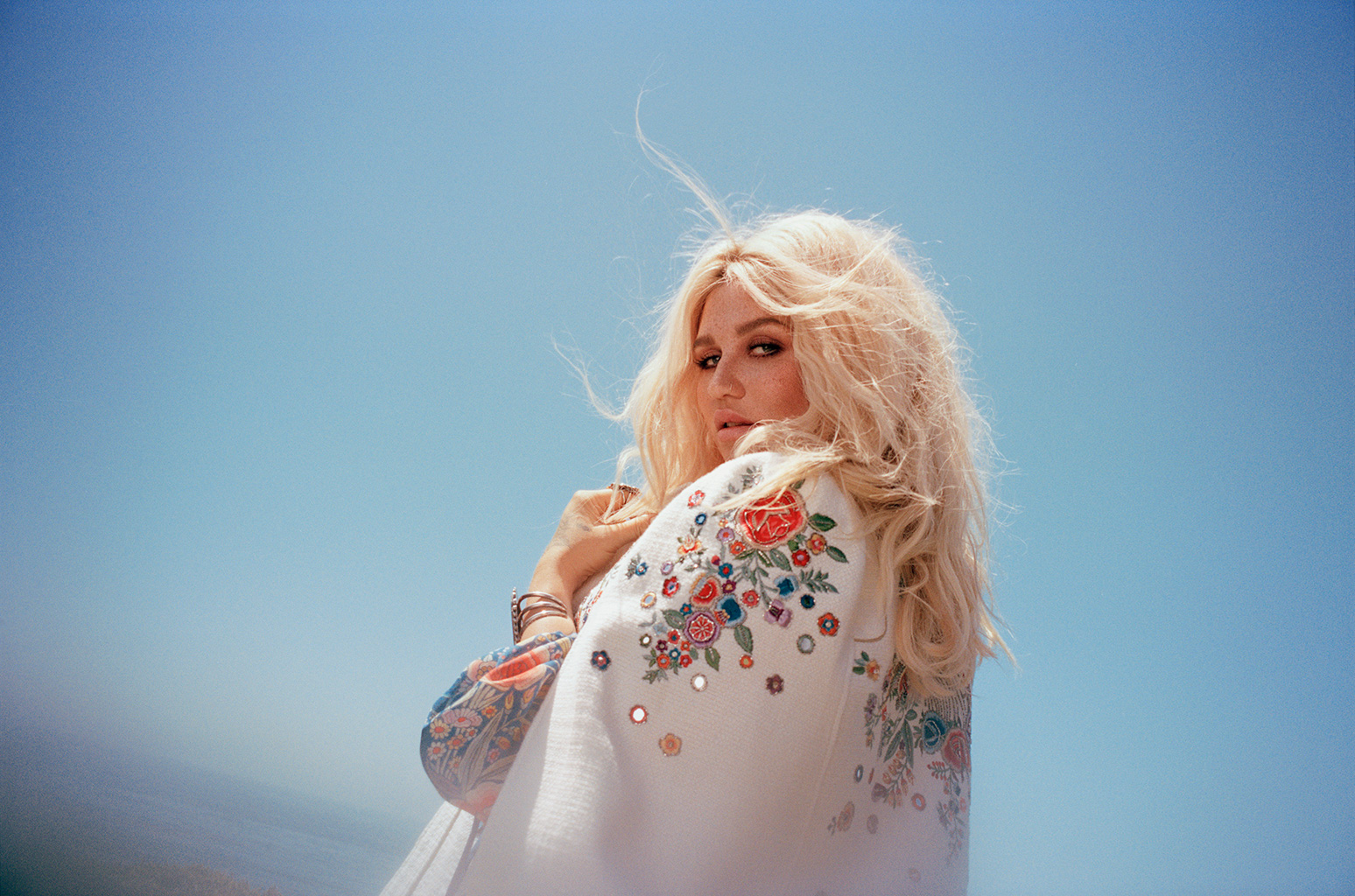Even before 2017, D.C.’s Justice League has had a long storied history trying to realize a vision on the silver screen. Director George Miller signed on to Justice League: Mortal and even got as far as casting before it dissolved. It would be ten long years before audiences got a chance to see DC’s mightiest heroes on screen together. Before that, there was the polarizing 2016 Batman v. Superman and the successful 2017 Wonder Woman. Even with the difficulties of the DCEU, the prospect of seeing Batman, The Flash, Aquaman, and Wonder Woman on screen together felt momentous. That’s until audiences around the world went to go see the film itself.
What they got was a Frankenstein of studio trepidation and two different directors’ visions. One committed to the grittier vision that films like Man of Steel and Batman v. Superman laid down. The other was a knee-jerk reaction for wanting a sunnier tone given the previous success of The Avengers and Avengers: Age of Ultron. Reportedly, 20% of the film was reshot by Joss Whedon, but then shown that he did 80 pages of rewrites. What ultimately came of this was a movie that didn’t understand the characters within it, clashes of aesthetics, and a misdirection of the universe.
If you wanted to see where the dysfunction in tone began, look no further than the Comic-Con trailers. In 2016, there was special footage shown in the backdrop of The White Stripes’ ‘Icky Thump.’ Oddly enough, the scene where Aquaman walks up to the wave with the same song is included in the 2017 theatrical cut of the film. The color texture is completely different, there’s a scene of a human version of Ray Fisher‘s Cyborg, and even dialogue between Cyborg and Batman that ends the trailer.
With the significantly longer 2017 Comic-Con trailer, there’s even different footage and dialogue here. Steppenwolf (Ciarán Hinds) has the dialogue of “No protectors here. No Lanterns. No Kryptonian. This world will fall just like all the others.” There’s a scene of Barry Allen pushing through glass with the speed force. Even Alfred’s “he’d said you’d come” line, which would be later cut from the theatrical release entirely. A tip of the cap of things to come.
Ignoring mustache-gate (it’s very distracting), the movie opens with a question to Superman (Henry Cavill) that links to his theme from Batman v. Superman. They ask him what’s the best part about planet Earth. He looks off into the distance and smiles before the video cuts off. We could attribute this to Lois (Amy Adams) as their love was the central theme of his sacrifice against Doomsday. In a world that is mourning over the loss of Superman, he essentially becomes a fetch quest.
The opening of the film in a very Snyder-esque cinematography style shows a world in disarray. There’s even a robbery that happens, even though it would seem this would happen even if he was alive. An empty pillow at Lois’s bedside is shown in conjunction with her lack of wanting to write. This is understandable, given that she saw the love of her life die. If there’s one brief thing this movie gets right, it’s how important Lois is to Clark. Even that and Martha’s (Diane Lane) scenes are very brief.
With how important Superman’s lack of presence is billed to be, his later inclusion feels inconsequential. Cyborg and The Flash go to the graveyard in the middle of the night to dig up his body. Excluding the fight that happens at his monument, things feel rushed. Clark goes to the farm, which is visibly a green screen, and has a brief conversation with Lois. There are scenes that were cut of him visiting his old ship, looking at the suit, walking out through the light, and meeting Alfred. Just from them, it gives his eventual arrival in the third act so much more weight. Otherwise, he just appears, says some 80s-like one-liners about justice, and promptly beats up Steppenwolf almost by himself.
Cyborg/Victor Stone feels like he should be a more emotional part of the film and Fisher’s acting is good for what he is given. However, his internal conflict with being brought back by the mother box lacks the context that it needs. He cycles through pictures of his high school football days, but quickly switches to looking up information about Batman and Wonder Woman. Why not briefly show the life that he had previously (which scenes were shot for), so the audience can connect to why he feels like a monster? Stone losing his mother in a car accident and ultimately, his humanity seems like a great story to tell.
The Flash (Ezra Miller) is the viewpoint of the audience and how a kid would feel being around older superheroes. Barry is kind of clumsy and awkward with his powers. There are instances of dialogue where you can tell they pieced together from the two cuts. Barry’s story with his father Henry (Billy Crudup) who is in jail is that he wants him to become somebody better than he was. One could surmise that becoming a member of the Justice League would do, even though Barry can’t tell Henry this. They speak about Barry going into criminal justice to help with Henry’s defense, but that emotional beat is contrary to how the totality of how his character acts.
Aquaman (Jason Momoa) feels like the one character that was property set up. He’s the cool rebel and Justice League set the main issue that would come up in his solo film. Wonder Woman (Gal Gadot) is still mourning the loss of Steve Trevor (Chris Pine) while assuming a co-leadership role of the Justice League. JL features her character prominently in the fighting scenes because the Amazonians have a history of fighting Steppenwolf. However, as a human character, it feels as though she’s Bruce’s sidekick almost despite her powerful entry in Batman v. Superman.
A story with Batman (Ben Affleck) reveals itself where it seems like he feels guilty of Superman dying. Even though they definitely came to an understanding at the end of Batman v. Superman. In that guilt and Flash’s future warning, he seeks to form the Justice League. However, in him wanting to bring Superman back to life, it feels like it’s completely selfish. He states to the group that there’s no way they can fight Steppenwolf without him. Then goes to the last battle without Superman not knowing where he went. Also, given The Dark Knight Returns overtones, there’s a feeling that he can’t do this forever. Given Snyder’s original plans that Batman was supposed to die at the end of his story, this would fall in line with that.
Darkseid’s removal from the theatrical cut completely handicaps Steppenwolf. Other than the flashback exposition given by Wonder Woman, there’s no further allusion to his backstory. He mentions Darkseid once, and he’s weirdly never mentioned again. With changes to his look, Steppenwolf doesn’t feel imposing. The Justice League just beat Steppenwolf and his soldier of para-demons. Why would you immediately go to the Legion of Doom? It squanders Lex Luthor’s (Jessie Eisenberg) obsession with Kryptonian technology and his warning of “the bell being rung” and also the entire Nightmare sequence that happens in Batman v. Superman.
The ultimate MacGuffin of Justice League are the three mother boxes that feel like they can be set pieces in any other movie. The major fight scenes in the film don’t feel as momentous as they need to be. Steppenwolf’s forces get beaten considerably, and despite this, the Justice League goes back to Bruce’s plan and discuss how they need more firepower. They brighten the color gradients to where costumes and environments look bland and rubbery.
Then there was the Russian family. The reshoots inserted a random family right into the second and third acts of the film, so that The Flash and Superman could have something set up for their post-credits scene. When The Flash saves this family, Superman goes and moves an entire building of people to safety. Did the other people of the town die during this enormous battle where the earth is terraforming around them?
They brought in composer Danny Elfman to finish the score of Justice League. He brings back brief instances of the classic Batman and Superman themes. The problem lies where it feels as though the movie is saying, “remember these characters you loved back then?” This is a world where they don’t exist. There’s no Keaton cowl or Reeves’ smile at the camera – this is something different entirely. The reason Hans Zimmer’s Man of Steel score works so well because the drums and orchestration announce how important Superman’s presence is. Like some dialogue added to the film, the previous scores have no connection to who their characters are in this world.
What resulted from all this? A $657 million gross. For a Justice League movie. The Zack Snyder version of this film is due in a month. While his films in the DCEU have varying opinions to them, at least it will be a completion of what he intended. Not so much an amalgamation of what a studio feels like an audience wants more of. Having all these legendary comic book characters on screen is supposed to feel like a can’t miss moment. Instead, this movie serves as a cautionary tale of the ultimate things not to do.
Photo Credit: Warner Brothers.













